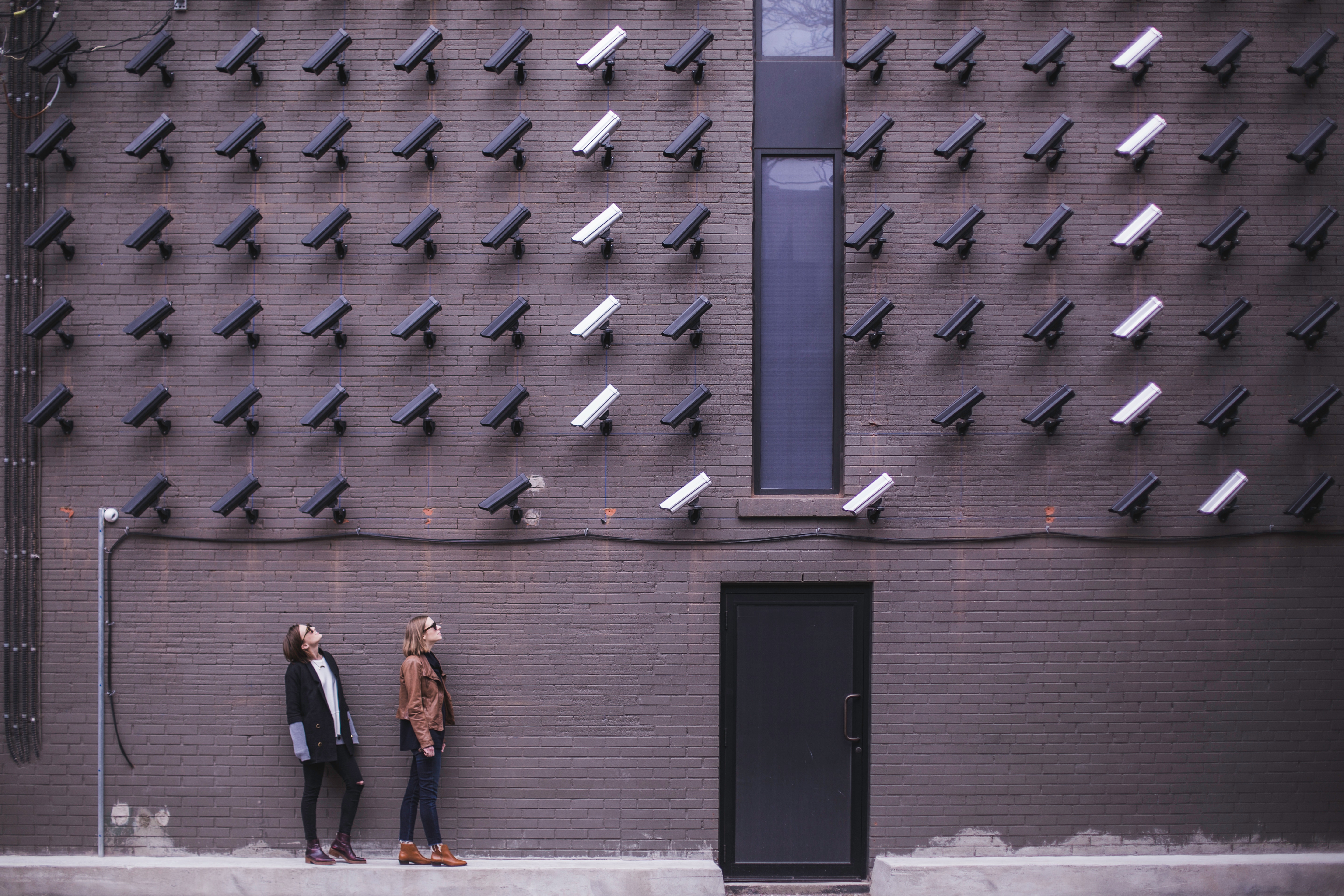
BoxCast Team • October 31, 2018
There's a whole world of video cameras you can use for live streaming. Unlike other video cameras, PTZ (pan-tilt-zoom) cameras attach to a wall, ceiling, or other fixed location. They're operated via remote and don't sit on tripods or require a cameraperson.
PTZ cameras are great for capturing a wide shot of a room or a tough angle while allowing for zoom. They can be used for anything from an easy one-camera, hands-off setup to a highly produced multi-cam scenario where the production crew controls the cameras from a studio. They're particularly helpful when you don't have a large team to operate a stream.
If you'd like a breakdown of different levels of production setups, check out this post. Otherwise, read on.
As is the case when looking at any camera for streaming, you should first consider the connections you need. Some cameras come with one output — others offer multiple options.
Your connection points provide good insight into the type of setup the camera is built to serve. For example, a focus on an NDI output means the camera is built to be an internal IP camera. That kind of camera works best in a workflow that operates within your own local network.
When looking at PTZ cameras for live streaming externally, you'll most likely be looking at clean HDMI and SDI outputs. These outputs allow you to connect your camera directly to your encoder or your switcher.
The next thing to consider is the overall video quality of your PTZ camera. Many different factors contribute to the quality of your video — resolution and frame rate are two of the most important aspects. If you need some background, we've got you covered:
SD vs. HD vs. 4K: Live Streaming Video Resolutions Explained
What's the Best Frame Rate and Shutter Speed for Sports Video?
Generally, look for at least 1080p (if not 4K) for video resolution. If your content is sports or anything else with a decent amount of motion, look for a camera that can output up to 60 fps (frames per second) — otherwise, you can get away with 30 fps output.
There are two kinds of camera zooming: optical and digital. An optical zoom is the high-quality, true zoom lens. A digital zoom, on the other hand, is digital processing within the camera that enlarges the middle of an image and trims off the sides. Digital zoom decreases the quality of the image.
Now that you know enough to be dangerous, here are our favorite PTZ cameras for streaming. First, check out how BoxCast integrates with all pan-tilt-zoom cameras at PTZOptics here.
Outputs: 3G-SDI, HDMI, Ethernet Streaming, and Composite
Resolution: 1080p 60 fps
Zoom: 30x Optical
Outputs: HDMI
Resolution: 1080p 60fps
Zoom: 30x Optical /12x Digital Zoom
Outputs: 3G-SDI, HDMI, Ethernet Streaming
Resolution: 1080p 60 fps (4K upgradeable)
Zoom: 20x Optical/40x Clear Image Zoom
Your cameras are only part of the PTZ setup. If you're operating a PTZ camera and looking to use the panning/tilting/zooming functionality, you'll also need a controller.
PTZ controllers feature joysticks as well as toggles for zooming. They operate on various control protocols (like VISCA), so make sure your controller is compatible with your camera.
For a detailed look into all the factors that go into purchasing a PTZ camera for live streaming, check out this article from B&H.
Want more recommendations on streaming gear? Read our guide to the best live streaming equipment.
Happy streaming!
© 2025 BoxCast. All Rights Reserved. | +1-888-392-2278